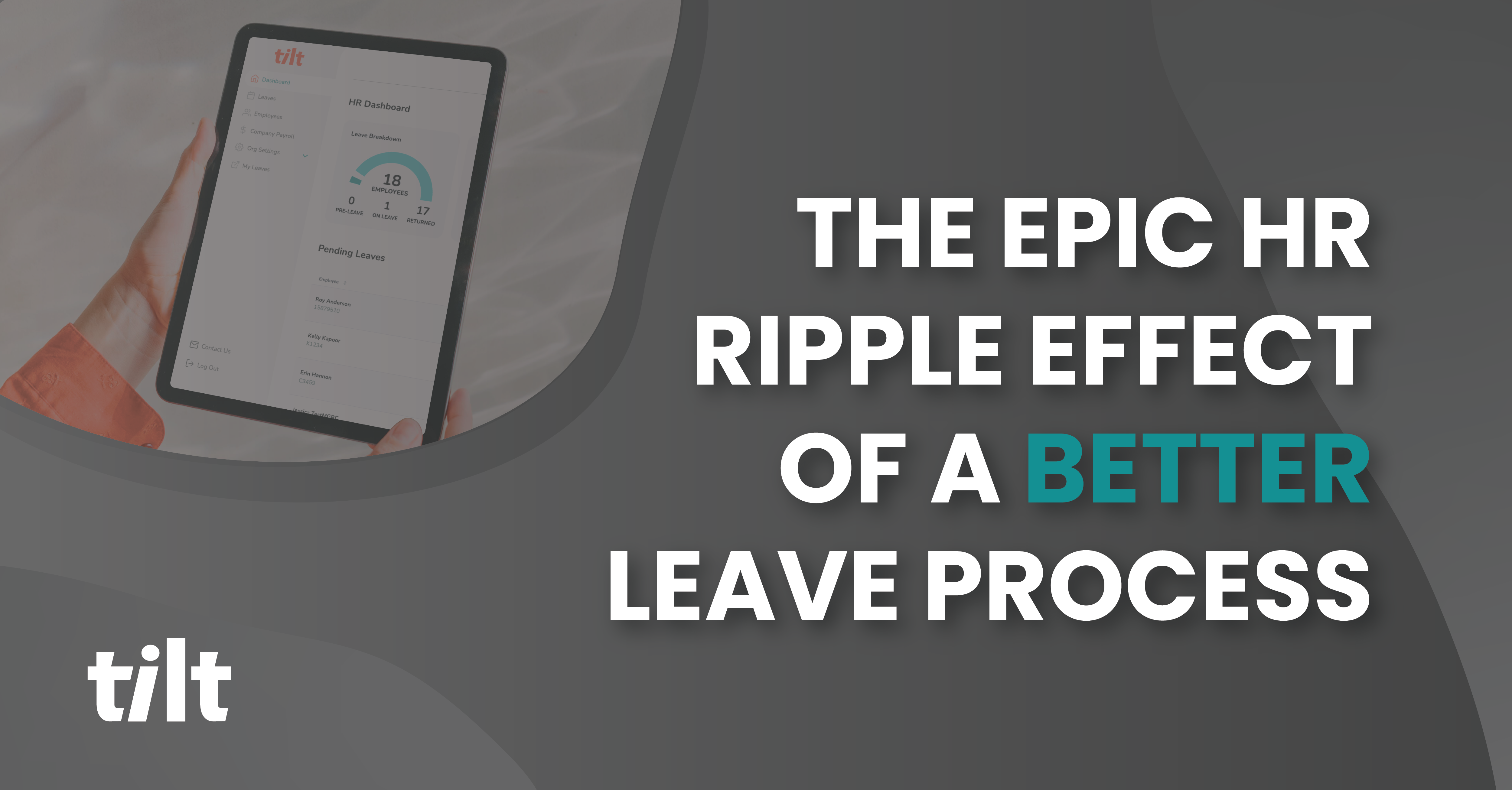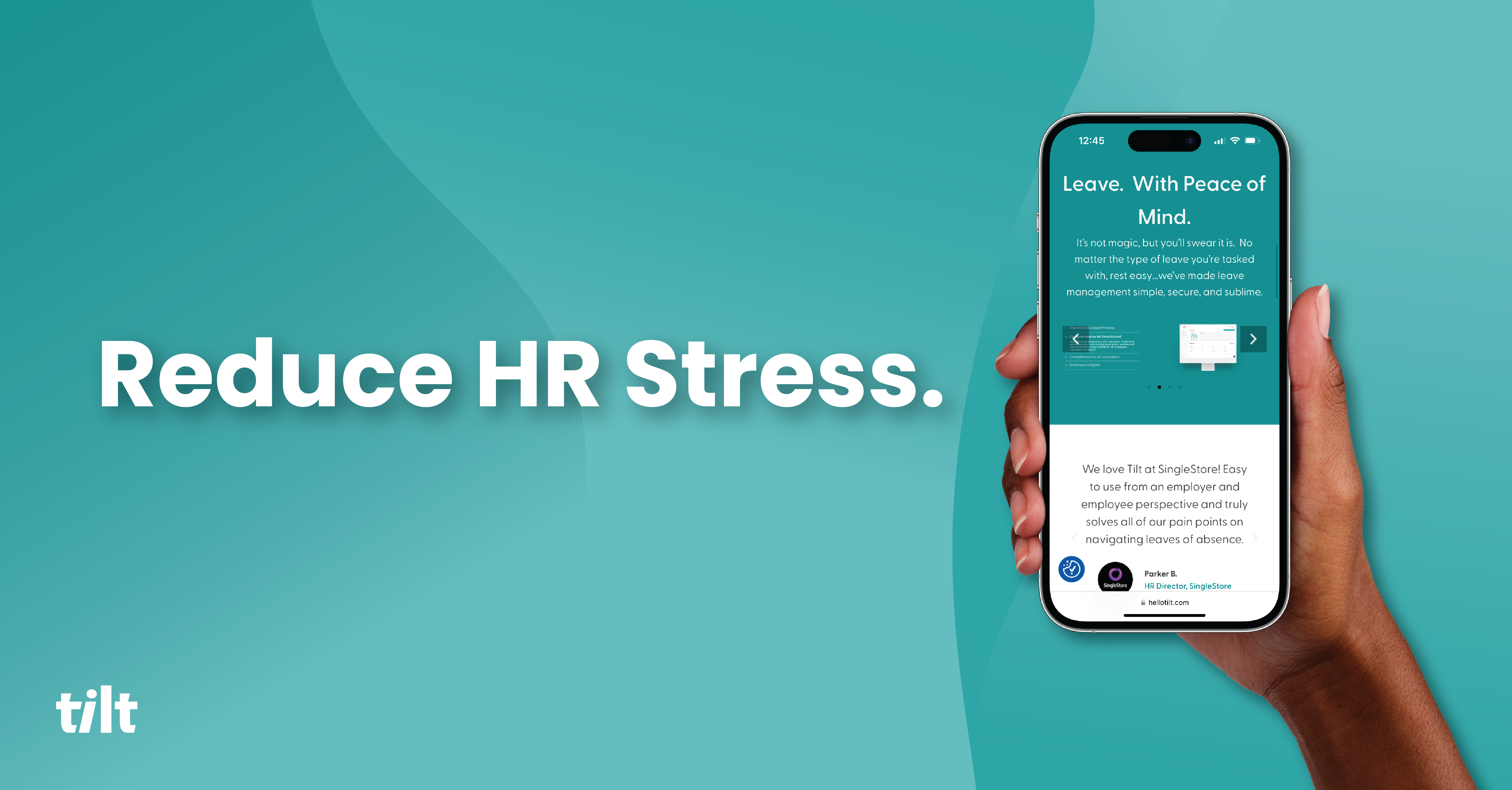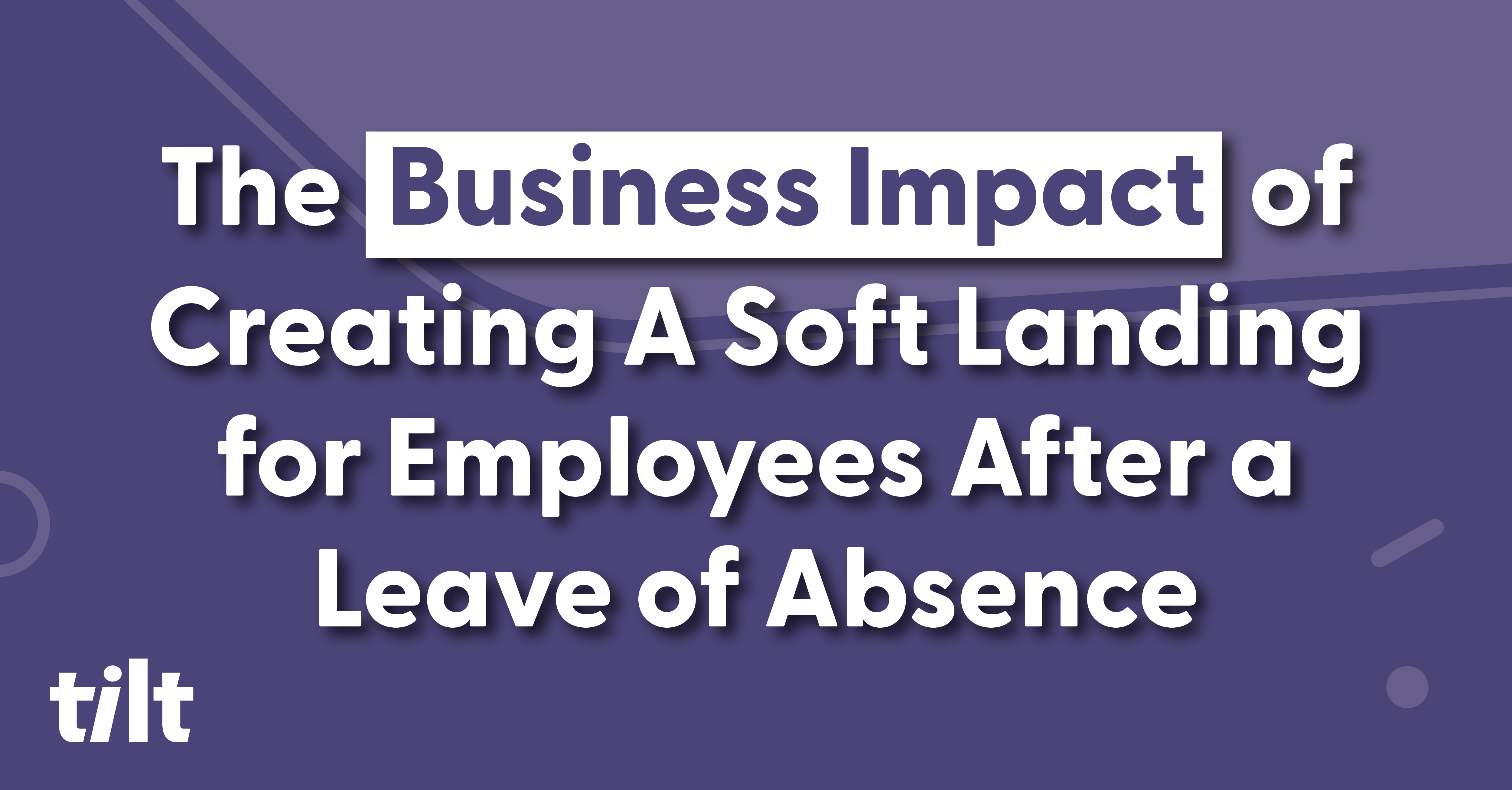Do you ever sit and ask yourself, “Why would I spend 5 minutes doing a work task when it could bog down a full hour and a half of your day and make me pull my hair out?” Productivity woes are commonplace in every department, and when it comes to fighting the never-ending battle against workplace inefficiencies, HR is certainly no exception.
You can’t know what to fix until you know what’s truly broken. Identifying which pain points you currently have is the most important step in improving your HR team’s productivity. Unsure where to start? Well, that’s why you clicked on this blog right?
1. Manual processes and spreadsheets
You don’t need to communicate via carrier pigeon anymore (though how sweet would that be?). Similarly, your team doesn’t need to do half of the manual tasks it’s currently managing. Doing a process audit will help you identify what your department’s most inefficient tasks are so you can prioritize how you want to minimize the manual work.
We’d never speak ill of the cultural contributions “the spreadsheet” has given to society, but holy [redacted] they can be a nightmare to manage. It’s one of the biggest complaints our customers have when it comes to leave of absence management, and the lack of sophistication is robbing your team of time and the joys of MFMs (Migraine-Free Mondays), and depending on what’s in the spreadsheet could be increasing your compliance risks. All productivity killers.
2. A lack of workforce data and insights
A wise person once said in this blog, “It’s important to have workforce data and insights.” Keeping the metrics that make your team tick readily accessible can increase productivity in a variety of ways. HR teams get asked a lot of questions. A LOT of questions. From needing to know the headcount of a particular region or what the turnover was in the last year and the reasons behind it, a few questions could send you down an inefficient rabbit hole of emails and spreadsheets to try to get some accurate data.
Collecting data on your team members themselves can paint a picture of where you might need to improve as a functioning department. With those insights you can put policies and procedures in place that can boost employee morale and engagement, which has a direct positive effect as they become motivated beyond personal factors.
3. Talent acquisition and retention
Finding talent can sometimes feel like finding a needle in a haystack, the OG productivity-killing activity. Increase your speed and hit rate by reducing lengthy applications that then need reviewing, taking the time to work with managers to develop clear job descriptions, keeping early-round interviews tight and focused, and avoiding dragging out the time in between steps.
SHRM states that the average time it takes to fill a position is 41 days. A great way to avoid the painstaking and lengthy process of hiring new talent is to do everything possible to keep the talent you have. Though sometimes retention is out of the control of HR (i.e., layoffs, retirement, pool leadership), pulse surveys can gauge employee satisfaction at a high level, and being a champion for better benefits and support that matter to your people can help boost employee engagement. Keeping the people in your organization happy can be a major productivity boon for HR.
4. Social media screw-ups
Nothing derails a day like learning one of your employees has gone and acted a fool on social media. Having a well-developed and comprehensive social media policy can help minimize these snafus, but nothing can be done to quell them completely. This is why it’s not only important to have clear guidelines of what is and isn’t considered acceptable social media etiquette as a representative of your brand, it’s equally important to have an easy-to-follow and administer plan of action should an employee cross the line.
5. Training...everybody’s favorite
Look, we aren’t going to stand behind the safety of our keyboards and tell you there’s some magical way to make training fun, we aren’t that edgy here at Tilt. When it comes to job training and employee productivity, however, our good friends at Udacity share that effective job training can boost employee satisfaction, help retain employees, and can boost long-term organization success.
Having well-trained employees outside of HR means fewer administrative headaches for the folks in HR. Furthermore, applying the same approach within your department can help you reap the benefits of training directly as a team.
6. Tech that's out of touch
If the manual processes and spreadsheets from section one make your workflows tedious and tumultuous, dispersed tech systems that have been extended well beyond their useful life are only adding fuel to your dumpster fire.
Auditing your existing software systems and investing the time and resources to improve your tech stack can not only increase productivity, it can eliminate some of your manual processes altogether. Look for solutions that can consolidate multiple systems into one and can automate some of your least efficient to-dos in the process.
7. Culture that's an afterthought
There’s no comprehensive cure-all for productivity woes, but if you’ve made it this far (hi), you’ll notice that a majority of the productivity killers we’ve discussed have some level of interconnectedness. Perhaps no productivity parameter is more pervasive than your culture.
The upper limit of your department’s productivity is capped by its culture. You could have the most efficient processes and high-end software solutions at your disposal (dare to dream, right?) but if your team’s culture is toxic and your people don’t feel supported you’ll still be performing at suboptimal levels.
A positive culture is linked to employee retention, high satisfaction levels, and a more engaged workforce that’s ready to capitalize on all of these productivity-enhancing efforts.
About Tilt
Tilt is leading the charge in all things leave of absence management through easy-to-use tech and human touch. Since 2017, our proprietary platform and Empathy Warriors have been helping customers make leave not suck by eliminating administrative burdens, keeping companies compliant, and providing a truly positive and supportive leave of absence experience for their people.






